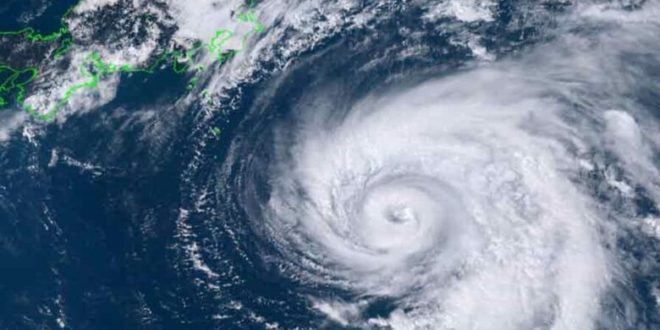The Joint Typhoon Warning Center (JTWC) noted a cyclone emerging from the east-Central Bay of Bengal and moving towards India from Bangladesh. It was named ‘Gulab’ suggested by Pakistan meaning ‘rose’ in English.
As per IMD, cyclone Gulab is eventually losing its speed and strength. However, the IMD added that the cyclone Gulab, which started in the Bay of Bengal, could re-emerge as cyclone ‘Shaheen’ in 2-3 days.
On Wednesday, in a recent development, IMD said, Cyclone Shaheen that is likely to form over the Arabian Sea on Friday is among two extremely intense weather systems developing over India’s eastern and western parts, which could lead to widespread and extremely heavy rain in parts of the country.
What is Cyclone Shaheen? Know the reason behind its name
The name ‘Shaheen’ is widespread in the Middle East. It was given by Qatar, one of the member countries for naming a tropical cyclone in the Indian Ocean. The meaning of the word ‘Shaheen’ is ‘royal white falcon’ or Hawk (Garuda).
The IMD said that the situation where a single system in the Northern Indian Ocean can create two cyclones is not unprecedented. In case of re-intensification of the remnant, a new name is given to the system.
For the uninitiated, the practise of naming storms and cyclones began years ago that will help in easy and quick identification of storms in warning messages instead of using technical terms and numbers. The names of cyclones in the region are chosen by 13 countries: India, Bangladesh, Myanmar, Pakistan, the Maldives, Oman, Sri Lanka, Thailand, Iran, Qatar, Saudi Arabia, the United Arab Emirates, and Yemen.
The next five cyclones after Cyclone Gulab that would occur over the North Indian Ocean including the Bay of Bengal and the Arabian Sea are Cyclone Shaheen, Cyclone Jawad, Cyclone Asani, Cyclone Sitrang, and Cyclone Mandous.
 India One News
India One News





